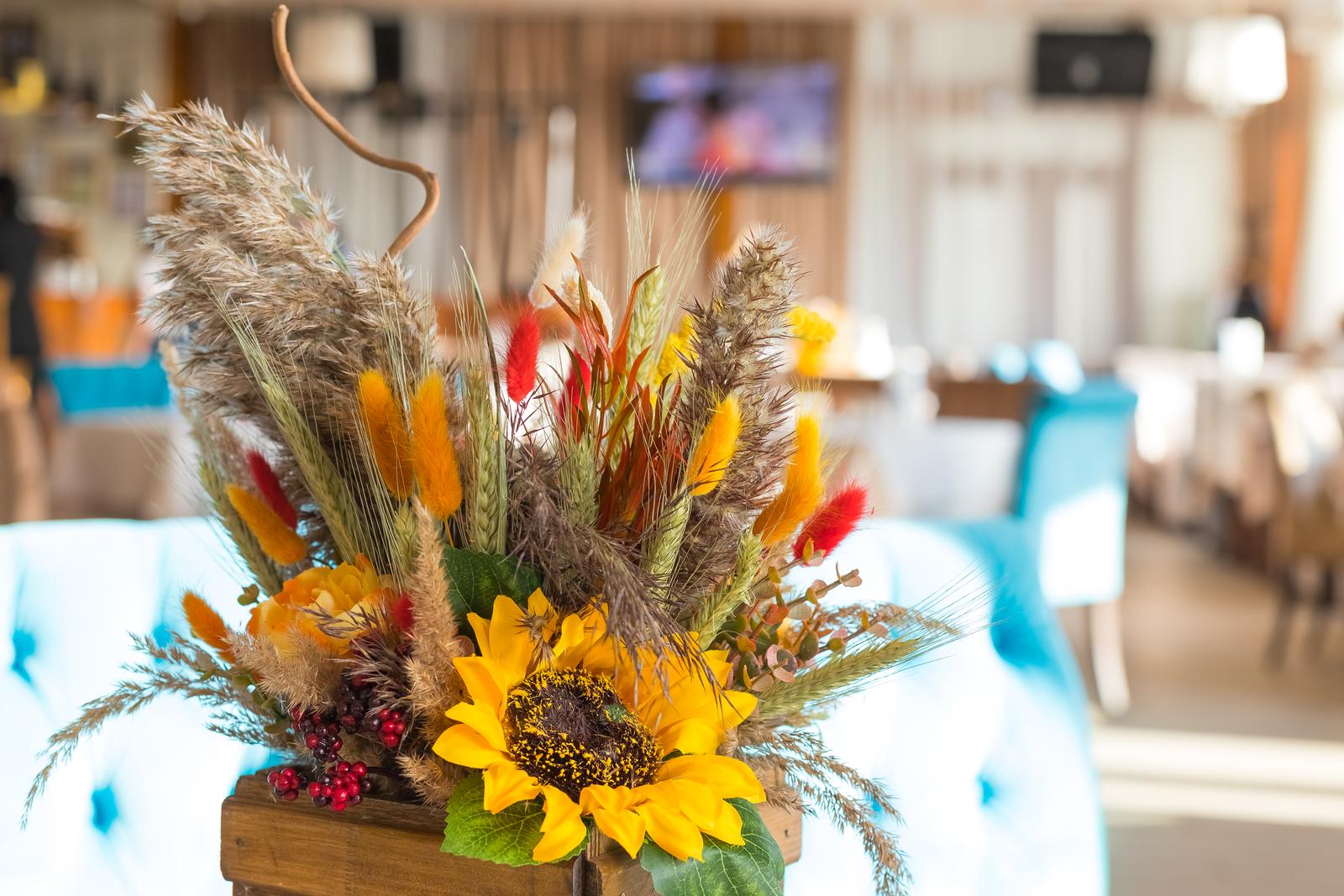Nurturing Your Well-Being in a Fast-Paced World
In our increasingly hectic lives, where smartphones have become extensions of our hands and multitasking is the norm, it’s easy to neglect our most fundamental needs. As we navigate the complexities of modern life in Philadelphia and beyond, it’s crucial to remember the profound impact that self-care can have on our overall well-being. Let’s explore how we can prioritize our health and create a sense of balance in our fast-paced world.
The Paradox of Modern Living
We live in an era of unprecedented convenience and productivity. With a few taps on a screen, we can order groceries, schedule appointments, and manage our work tasks. Yet, studies show a concerning trend: despite having more time-saving tools than ever, rates of stress, burnout, and health issues are on the rise.
This modern paradox affects people of all ages, from young professionals trying to climb the career ladder to older adults navigating a world that seems to move at warp speed. The challenge lies in finding balance between productivity and personal well-being.
The Health Benefits of Self-Care
Research consistently shows that prioritizing self-care is vital for both mental and physical health. People who make time for self-care tend to:
Experience lower rates of stress and burnout
Enjoy better sleep quality
Have stronger immune systems
Live longer, more fulfilling livesThese benefits aren’t just anecdotal; they’re backed by science. Self-care has been shown to reduce cortisol levels, improve cognitive function, and even boost overall life satisfaction.
Strategies for Effective Self-Care
Prioritize Sleep
In our 24/7 world, sleep often takes a backseat to other activities. However, getting 7-9 hours of quality sleep is crucial for our health. Consider:
Establishing a consistent sleep schedule
Creating a relaxing bedtime routine
Limiting screen time before bedRemember, good sleep is not a luxury; it’s a necessity for optimal functioning.
Embrace Regular Exercise
Physical activity is a cornerstone of good health. You don’t need to become a fitness guru; even moderate exercise can have significant benefits. Try:
Taking a 30-minute walk three times a week
Joining a local sports team or fitness class
Finding ways to incorporate movement into your daily routineRegular exercise not only improves physical health but also boosts mood and cognitive function.
Practice Mindfulness
In our fast-paced world, taking time to be present can feel like a challenge. However, mindfulness practices can significantly reduce stress and improve overall well-being. Consider:
Starting a daily meditation practice
Practicing deep breathing exercises
Engaging in mindful activities like yoga or tai chiRemember, mindfulness is a skill that improves with practice.
Nurture Social Connections
While self-care often focuses on individual practices, maintaining strong social connections is equally important. Make an effort to:
Schedule regular meetups with friends and family
Join local clubs or groups aligned with your interests
Volunteer in your communityThese interactions not only enrich our personal lives but also provide crucial support systems.
The Role of Technology in Self-Care
While overreliance on technology can be detrimental, when used mindfully, it can be a powerful tool for self-care. Consider:
Using apps for guided meditation or sleep tracking
Joining online communities focused on health and wellness
Leveraging fitness trackers to motivate physical activityThe key is to use technology as a tool to enhance your self-care practices, not as a substitute for them.
A Call to Action: Prioritizing Self-Care in a Busy World
As we conclude, I challenge each of you to take a step towards better self-care this week. It could be as simple as:
Going to bed 30 minutes earlier
Taking a short walk during your lunch break
Trying a five-minute meditation sessionRemember, every small act of self-care contributes to a healthier, more balanced life.
In our journey towards holistic wellness, nurturing ourselves is not selfish; it’s necessary. By prioritizing self-care, we not only improve our own lives but also become better equipped to contribute positively to our communities.
Let’s make Philadelphia a model of well-being in the modern age, proving that even in our fast-paced, technology-driven world, taking care of ourselves remains our most powerful tool for health, happiness, and fulfillment.










